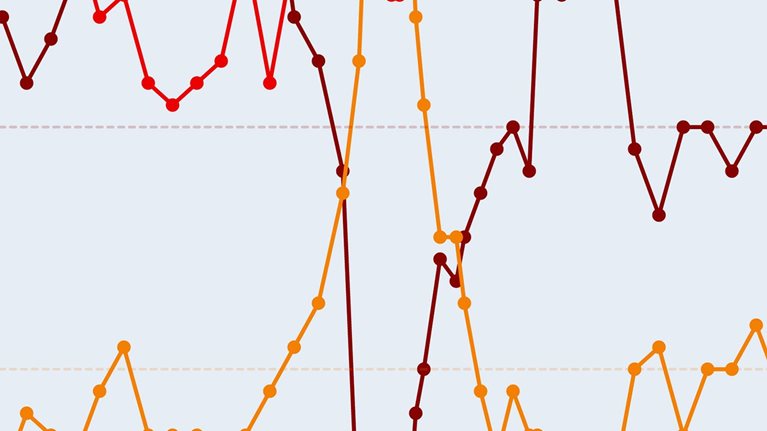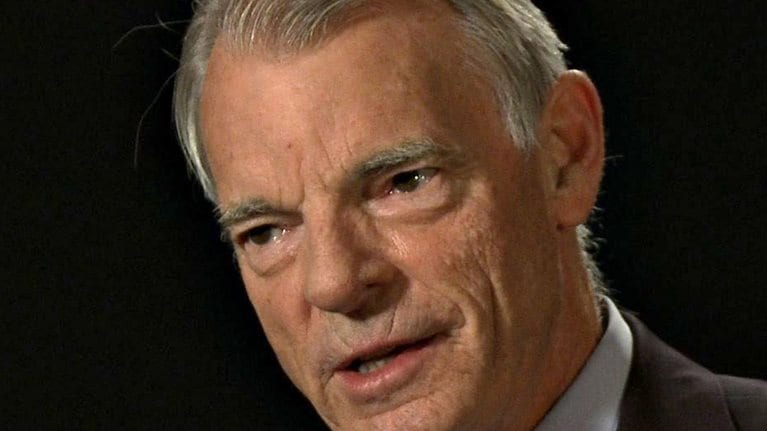Executives in emerging markets have grown less optimistic about the state of their home economies than they were in 2014 and have been more downbeat overall this year than their developed-market peers, according to McKinsey’s latest global economic survey.1 In a snapshot of disjointed sentiments from region to region, optimism among executives in developed Asia and North America has faded over the past three months, those in India remain the most bullish, and respondents in Latin America continue to be the most downbeat about domestic economic conditions.
Collectively, most executives expect GDP growth to moderate both globally and for their domestic economies. They also see volatility and sovereign-debt defaults as quickly rising risks to growth.
Regional divergence on current sentiment
Back in December 2014, half of respondents in emerging markets believed conditions in their home economies would have improved by mid-2015. But today they report more negative than positive views: 48 percent say economic conditions at home have worsened in the past six months, while only 26 percent believe they have improved. So far, in 2015, they have also been more downbeat overall than their developed-market peers (Exhibit 1).

While respondents in India remain the most positive across regions for the fifth survey in a row, those in Latin America have been the most negative about domestic conditions since December 2013: three-quarters of them say conditions at home have worsened in the past six months. But even executives in developed Asia and North America report waning optimism; they are less bullish now about their home economies than they were in March.2
At the global level, respondents’ views remain steady. Executives are most likely to believe that conditions in the global economy have stayed the same in the past six months, which was true in the previous three surveys. Across regions, executives in the eurozone are the most positive, while those in Latin America and North America are the most downbeat (Exhibit 2).

Tempered expectations for the near and long term
Looking ahead, executives overall are most likely to expect their home economies will improve in the coming months: 46 percent say so, while 20 percent expect conditions will worsen. But those reporting less confidence with respect to current conditions also report fading optimism for future conditions (Exhibit 3). In North America, 45 percent believe conditions will improve (down from 56 percent in March), and in developed Asia, 45 percent expect improvements (down from 64 percent). At the company level, too, executives in these regions are much less likely than in March to expect their businesses’ profits will increase in the next six months.

The optimism from India has also tempered, though executives there are still much more upbeat than those everywhere else. Meanwhile, more than half of respondents in Latin America believe domestic conditions will worsen over the next six months. Sixty-six percent of executives in Latin America believe unemployment will rise in the next six months, compared with 23 percent globally. Within Europe, respondents in the eurozone report much more bullish expectations than their non-eurozone peers.
Respondents’ views on global prospects are consistent with those in the previous survey: equal shares of executives expect conditions in the world economy will either improve or stay the same in the coming months, and a majority believe that global GDP will grow at the same rate this year as it did in 2014. Among regions, executives in North America and Latin America are the most wary about future global conditions. They are much less likely than average to believe global conditions will improve in the next six months—and more likely to believe that global GDP growth will be lower this year.
In this survey, we have updated the global scenarios to four new scenarios from which respondents could select to describe the conditions under which they believe long-term global growth will take place. “Pockets of growth” represents uneven, volatile, but high levels of global growth. “Global downshift” describes a situation in which growth is lower but more resilient. A scenario of “global synchronicity” represents a period of globally distributed growth and broad increases in productivity. A fourth scenario, “rolling regional crises,” describes volatile and weak global growth.
When asked about these scenarios, respondents’ expectations are also modest. The largest shares of executives rank either “pockets of growth” or “global downshift” as most likely over the next decade. Interestingly, emerging-market executives are more optimistic in the long term than their developed-market peers. They are twice as likely as developed-market executives to rank “global synchronicity” as the most likely outcome for the decade ahead.
New risks rising
Since the previous survey—and over the past year—respondents have cited the same top threats to growth: low consumer demand at the domestic level and geopolitical instability at the global level.
Geopolitical issues remain an outsize risk to global growth and are cited by three-quarters of respondents. They are even more top of mind among executives in developed Asia, where 83 percent cite this risk. Respondents there are also more likely than average to expect regional risks or shocks in the year ahead: 34 percent say geopolitical instability in Asia is very or extremely likely to shock the world economy in the next year (compared with 20 percent of the total average), and 42 percent say it’s very or extremely likely that one or more countries will exit the eurozone (compared with 25 percent globally).
At the same time, the potential for other, secondary risks has grown in the past 12 months (Exhibit 4). Executives are twice as likely as they were last June to cite volatile exchange rates as a risk to both domestic and global growth in the next year, while the shares citing increased economic volatility and sovereign-debt defaults continue to rise. Debt defaults are now cited as a threat to global growth by 39 percent of all executives, up from 9 percent one year ago.

Likewise, when asked about potential shocks to the world economy in the next year, 75 percent of respondents say it’s likely that one or more countries will exit the eurozone—up from 34 percent who said so last June.
There are regional differences, though: exchange-rate volatility is a greater concern in emerging markets, while debt default is more pressing among developed-market respondents.


